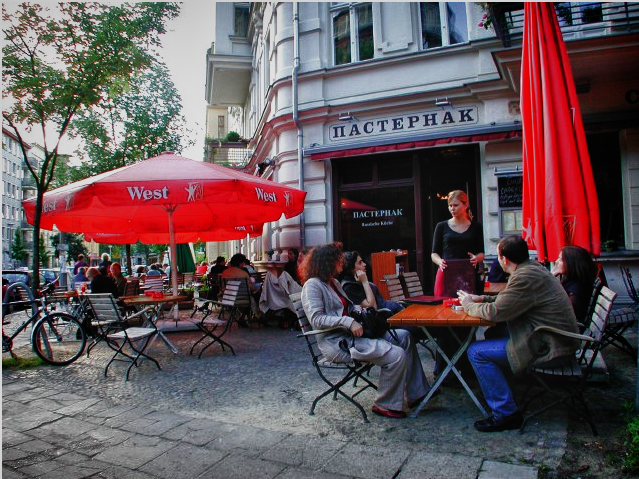
The Cafe Pasternak in the Prenzlauer Berg neighborhood.
I think one of the best ways to see the city—any city—is just to get lost. I mean, completely lost. That’s what happened to me yesterday when I was wandering around Mitte and kept taking a series of ring-roads where nothing at all was familiar to me. What I usually do in this situation is stop and look up, hoping to see something way up in the sky. In Berlin, the most obvious geographical point to get your bearings is the city’s tallest structure, the 1,200-foot-high television tower—called the Telespargel, or toothpick, by locals—not far from Museum Island, but I couldn’t even see that. What I did see, however, was an old brick water tower poking his head above a crown of trees, so that’s where I headed.
Walking up quiet streets in various stages of gentrification, I passed by a ravaged hulk of an old building still showing the brutal scars of fifty years of neglect perched next to an ornate neo-classical five-story building with Jegendstil facades, completely restored.
Hungry, I looked for a place to eat and came across Café Pasternak directly across the street from the water tower. The chalkboard outside advertised “Russian and Jewish cuisine”: chamud, a traditional lemon soup with vegetables; latkes with smoked salmon and horseradish; kreplach, dough pockets filled with beef, melted butter, and sour cream; and kosher Bordeaux wines made by Baron Rothchild.
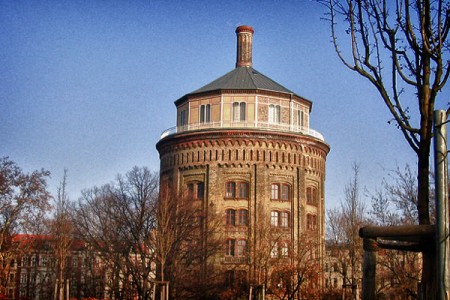
The water tower across the street from the restaurant.
I sat outside, facing the water tower, and ordered the latkes and a Maccabee, kosher beer from Israel. My waitress, Magdalena, told me she’s a Polish student studying law here in Berlin. Between jaunts from the bar to the sidewalk tables to deliver Maccabees and lattes to a very thirsty group of students, she sweetly answered my questions about the restaurant and the neighborhood. The restaurant has been here for over ten years, she told me, although it used to be next door, and is owned by a Russian Jew émigré and his wife.
When I asked her about the water tower across the street, she said, “Some bad things happened there. The SS used the basement as a torture chamber and the story is that they stuffed the bodies into the pipes in the cellar.”
And now, I ask her?
“It has been converted into a kindergarten and studio space for artists.”
And so I drank my Israeli beer brought by a Polish student in a Jewish restaurant owned by a Russian émigré, staring at a water tower that once housed the horrors of fascism that is now an art gallery and school. And here in Berlin, it all seemed perfectly normal.





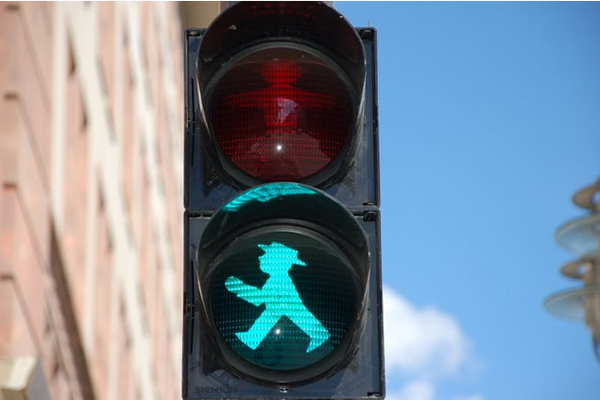
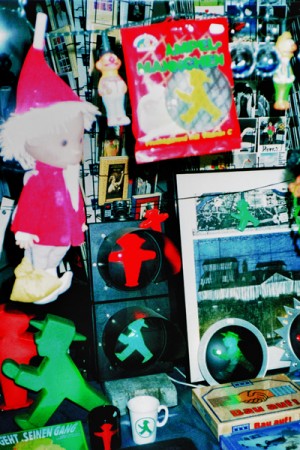

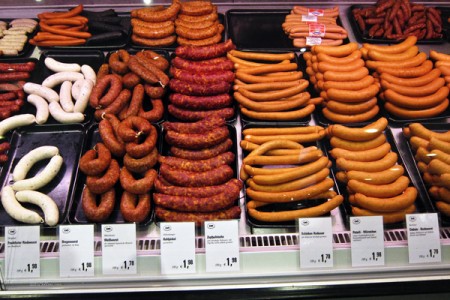
Recent Comments